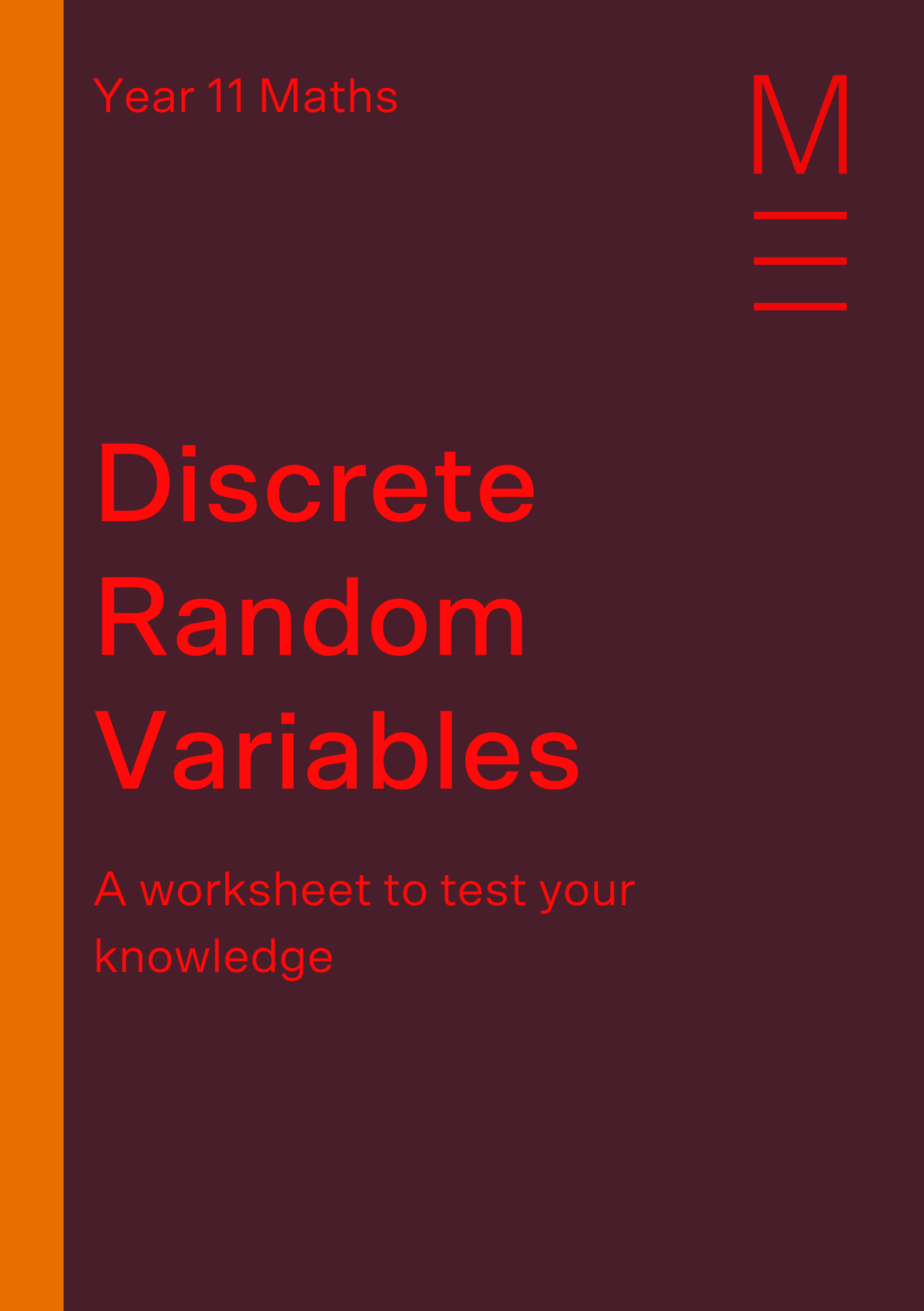Welcome to Matrix Education
To ensure we are showing you the most relevant content, please select your location below.
Select a year to see courses
Learn online or on-campus during the term or school holidays
Learn online or on-campus during the term or school holidays
Learn online or on-campus during the term or school holidays
Learn online or on-campus during the term or school holidays
Learn online or on-campus during the term or school holidays
Learn online or on-campus during the term or school holidays
Learn online or on-campus during the term or school holidays
Get HSC Trial exam ready in just a week
Get HSC exam ready in just a week
Select a year to see available courses
Science guides to help you get ahead
Science guides to help you get ahead

Today we’ll be tackling everyone’s favourite topic, statistically speaking, in senior mathematics. This article will provide you with the right foundational concepts to build from, with some practice questions at the end to help consolidate your knowledge.
Statistics are a tool to provide invaluable insight to large sets of data. Many of you will encounter statistics one again in university and be intimately involved with them professionally, particularly in financial or medical fields.
A worksheet to test your knowledge. Fill out your details below to get this resource emailed to you. "*" indicates required fields
Free Year 11 Maths Random Variables Worksheet Download

Free Year 11 Maths Random Variables Worksheet Download
Let’s have a closer look at what the Stage 6 Mathematics Advanced syllabus asks of us.
Have a look at any probability work you’ve done in Year 10 to refresh your knowledge and understanding.
Let’s first take a look at the two key words that make up what we are studying today, discrete and random. Discrete refers to data outcomes that we can consider individually, typically found by counting. Random means that we are dealing with something that is unbiased towards a certain outcome.
Therefore, a discrete random variable is something we can count, taking on any number of values, and has no bias towards any particular outcome. An example of a discrete random variable may be the number of students sitting in a class.
We typically find discrete random variables within the context of probability, with each possible attainable value having a corresponding probability. We can write these values in tabulated form, also known as a probability distribution. The probability of a random variable \(X\) taking on the value \(x\) can be written as so:
\(P(X=x)\)
Let’s use the example of some exam results to see all this in action, where \(X\) represents the test score.
| Test Score | \(2\) | \(3\) | \(4\) | \(5\) |
| Probability | \(0.1\) | \(0.3\) | \(0.5\) | \(0.1\) |
| \(P(X=2)=0.1\) | \(P(X=3)=0.3\) | \(P(X=4)=0.5\) | \(P(X=5)=0.1\) |
It’s important to note that the probability always sums to 1, which will become very helpful in some questions we’ll see later.
Mo competed in the 5000m track last year and placed in the top five for his twenty races race. The following table records his results.
| Place | \(1\) | \(2\) | \(3\) | \(4\) | \(5\) |
| Number of finishes | \(2\) | \(\alpha\) | \(6\) | \(4\) | \(3\) |
1. Find the probability that he finished second last year
2. What was the probability that he earned a medal last year?
3. Mo’s best friend, Hicham, managed to finish within the top four for the same twenty races every time. Who had a higher probability of winning a medal, and by how much greater?
1. We know Mo ran \(20\) races last year and placed in the top five for each one, so he must have finished \(2nd\) five times. This means that the probability he finished \(2nd, P(X=2)\), is \(0.25\)
2. In order to obtain a medal, you must finish in the top \(3\). Mo managed to do that \(13\) times. Adding up the probabilities of those three values \(P(X=1,2,3)=0.65\).
3. Hicham managed to finish in the top three places fifteen times, giving him a probability \(P(X=1,2,3)=0.75\). The difference between Mo’s and Hicham’s probabilities is \(0.10\).
Our Year 11 Maths Advanced courses are the expert guided solution to your Maths problems. Learn more now!
Boost your Maths marks!
Expert teachers, weekly quizzes, one-to-one help! Ace your next Maths Adv assessment with Matrix+ Online.
Consider the following probability distribution of shoe sales over a busy shopping period.
| Values | \(1\) | \(2\) | \(3\) | \(4\) | \(>4\) |
| P(X=x) | \(3\alpha\) | \(\alpha\) | \(2\alpha\) | \(2\alpha\) | \(4\alpha\) |
(a) What is the value of \(\alpha\)?
(b) What is the value of \(P(X=1)\)?
(c) What is the probability that the shop sold less than \(3\) pairs of shoes in that week?
Consider the following probability distribution:
| \(X\) | \(1\) | \(2\) | \(3\) |
| \(P(X=x)\) | \(\beta\) | \(0.5\) | \(0.2\) |
(a) What is the value of \(\beta\)?
(b) Create a situation that could be used to explain this probability distribution
Goal-scoring tallies were kept for Ryan and Josh across the football season. These are shown below.
| \(X\) | \(0\) | \(1\) | \(2\) | \(3\) | \(4\) |
| \(P(X=x)\) (Ryan) | \(0.5\) | \(0.25\) | \(\alpha\) | \(0.1\) | \(0.05\) |
| \(P(X=x)\) (Josh) | \(0.45\) | \(0.2\) | \(\beta\) | \(0.2\) | \(0.1\) |
(a) Find the values of \(\alpha\) and \(\beta\)
(b) What is the \(P(X \geq 3)\)for both Josh and Ryan?
(c) Do you notice anything about these two values?
(a) \(\alpha = 0.0833…\)
(b) \(P(X=1)=0.25\)
(c) \(P(X<3)= 0.33…\)
(a) \(\beta=3\)
(b) I counted how many birds I could hear first thing in the morning. These were the probability across a month.
(a)\(\alpha=0.1\) and \( \beta=0.05\)
(b)\(P(X \geq 3)= 0.15\) for Ryan, \(P(X \geq 3)=0.3\) for Josh
(c) Josh was twice more likely to score \(3\) or \(4\) goals per game during the season
© Matrix Education and www.matrix.edu.au, 2025. Unauthorised use and/or duplication of this material without express and written permission from this site’s author and/or owner is strictly prohibited. Excerpts and links may be used, provided that full and clear credit is given to Matrix Education and www.matrix.edu.au with appropriate and specific direction to the original content.